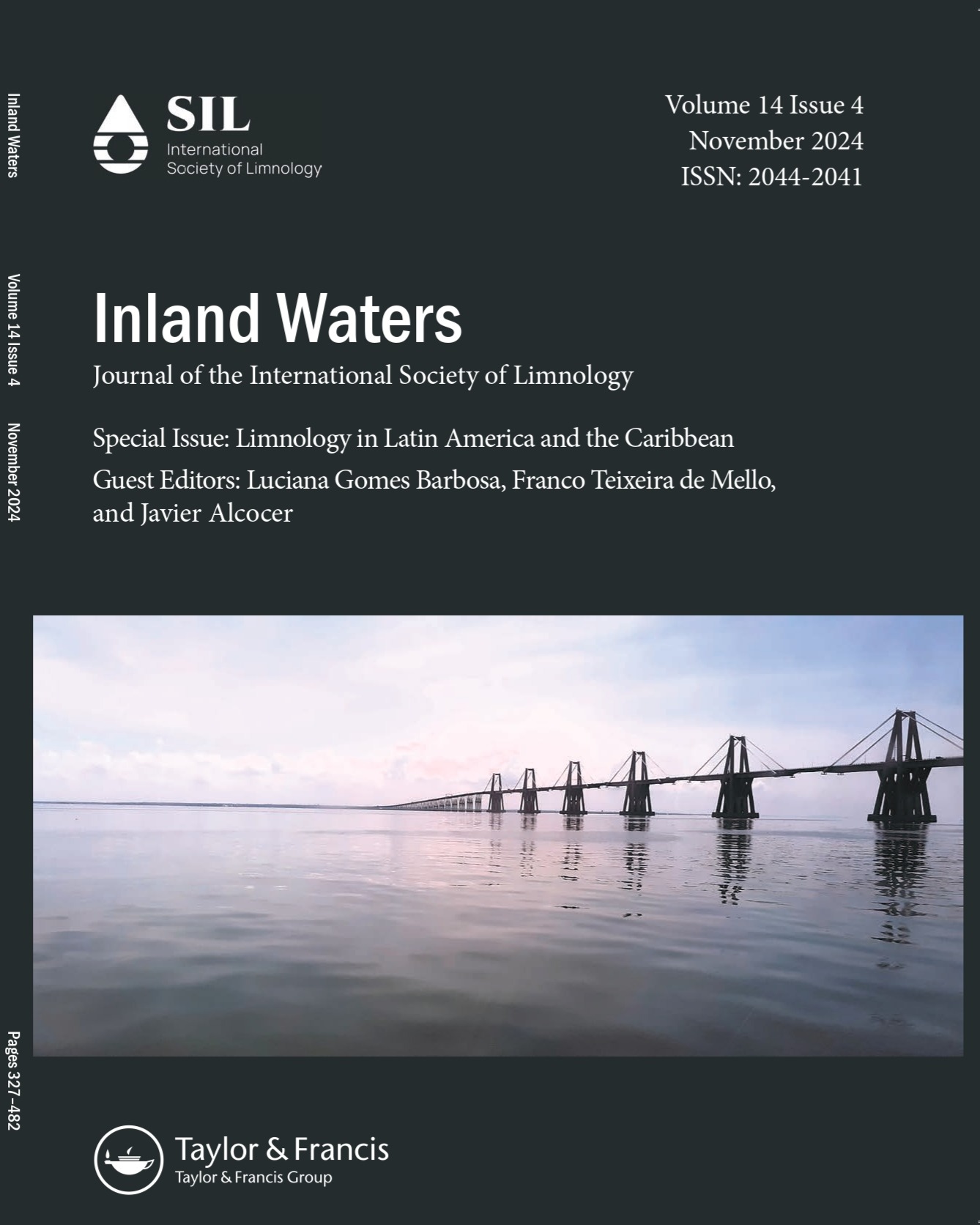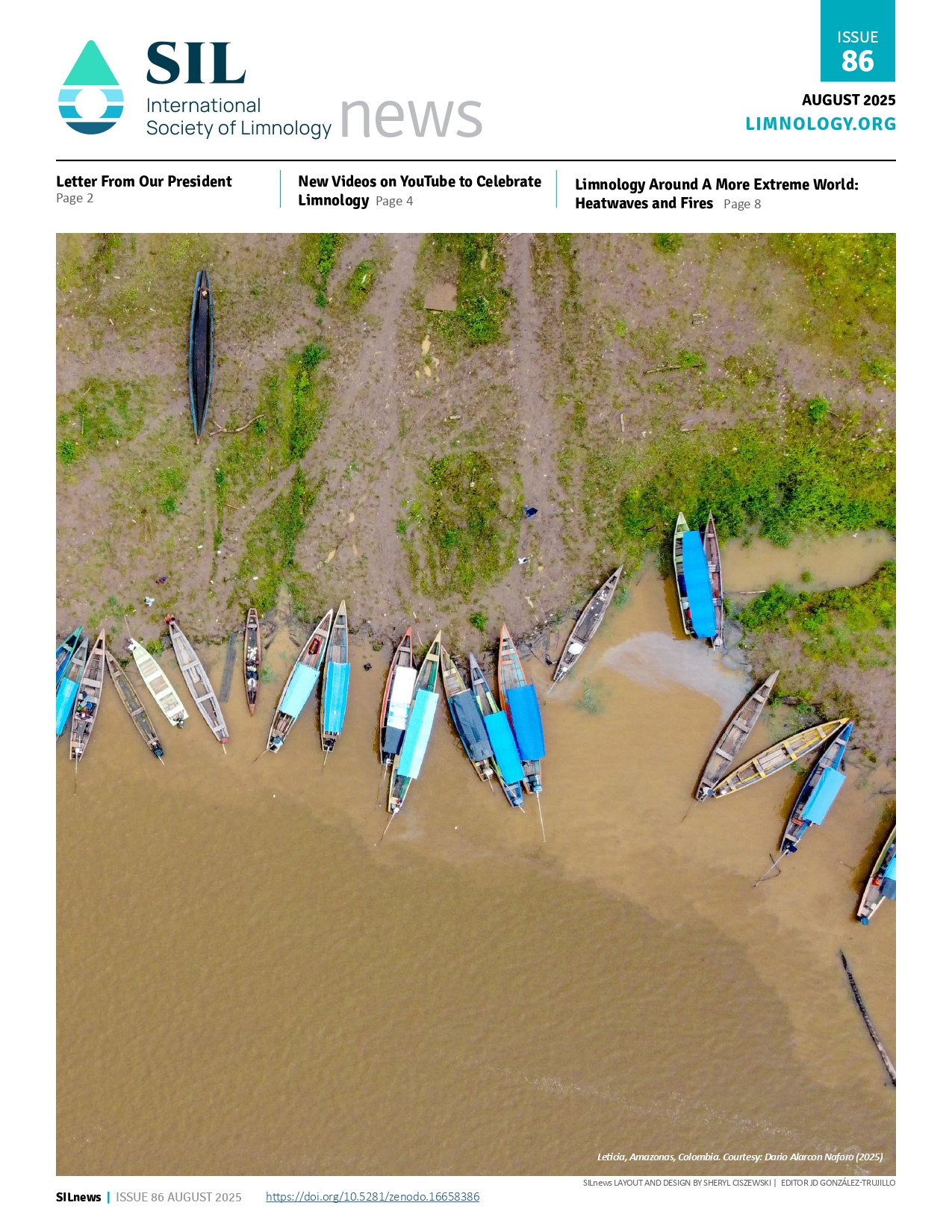The 32nd triennial SIL Congress entitled “Diverse water – Rich life” turned out to be a great success. For five days, from 4th and 9th August 2013, some 460 scientists from 47 countries gathered together at Budapest. The daily deliberations were preceded by plenary talks on subjects of general importance and changing significance. The participants demonstrated the importance of understanding the problems related to different aspects of inland waters.
The scientific program was a rich mix of scientific formats, ranging from memorial lectures, to plenary speeches featuring famous speakers and thought-provoking topics. The Baldi Memorial Lecture was given by Robert J. Naiman from the School of Aquatic and Fishery Sciences, University of Washington and Centre of Excellence in Natural Resource Management, USA, University of Western Australia, Australia with the title “Complexity and the Restoration of River Ecosystems”. The Kilham Memorial Lecture by Cathrine M. Pringle from the Odum School of Ecology, University of Georgia, USA was titled “How resilient are neotropical stream ecosystems to species loss and climate change?”.
The authors of plenary presenters are outstanding limnologists
- John A. Downing (Association for the Sciences of Limnology & Oceanography; Department of Ecology, Evolution and Organismal Biology, Iowa State University), with the following title: “Limnology and Oceanography: two estranged twins reunited by global change”.
- Martin Dokulil (Institute for Limnology, University Innsbruck), with the title: “Impact of climate warming on European inland waters”.
- László Somlyódy (Department for Sanitary and Environmental Engineering, Budapest University of Technology and Economics). The title of his talk was “Eutrophication and water level variability of shallow lake Balaton: Evaluation of risks and trade-offs”.
- Henri Dumont (Ghent University), talked on “Limnology meets Marine Biology in West Eurasia’s brackish water lakes”.
- Luigi Naselli Flores (Department of Biological, Chemical and Pharmaceutical Sciences and Technologies, Universita degli Studi di Palermo) with the following title: “Morphological analysis of phytoplankton as a tool to assess ecological state of aquatic ecosystems”.
In addition to these lectures, the scientific program comprised 287 oral and 117 poster presentations. Sessions were all held under one roof in the exquisite Budapest Congress Centre, where we had numerous lecture rooms reserved daily for 8 parallel sessions covering the 22 topics of the congress, ranging from molecular biology and biodiversity to biogeochemical cycles and limnology at global scales.
In addition to the scientific program, we successfully organised several mid-congress excursions. Hungary abounds in sites and attractions to visit, whether you prefer to visit historical landmarks and natural phenomena, or you are more interested in special activities like fishing, thermal spas or horse-riding. Our visitors had the opportunity to see natural submontane streams typical of Hungary, small (Ipoly) and large (Danube) rivers and the largest shallow lake of Central Europe, Lake Balaton.
The Congress Dinner on the 8th of August was held in the rolling hills of the Domony Valley, about 50 km from Budapest, where all services selected for our entertainment were provided successfully. At the site we found not only beautiful scenery, but also enjoyed a sumptuous dinner with typical Hungarian dishes, drinks and music. After dinner when it had become dark, a popular equestrian show entertained us all for more than an hour.
The congress also enabled participants to build and strengthen networks, allowed them to share and exchange information. This will help the congress delegates to utilise the acquired knowledge in furthering our understanding of inland waters. During the Student Forums young scientists had the possibility to talk face-to-face with well-known limnologists and board members of the SIL.
The best oral presentation of a scientist under the age of 35 was won by Stephanie Palmer (Canada) with her presentation in the “Remote sensing and GIS in limnology” session entitled: “Evaluation of MERIS chlorophyll-a retrievals and time series for Lake Balaton, Hungary”. The best poster presentation of a scientist under the age of 35 was won by Pavel Svoboda (Czech Republic) presented in the “Ecology of the Benthos” session entitled: “Relative contribution of neutral and niche-based processes to desmids communities at a local spatial scale”.
Viktor Tóth,
congress secretary
Hungarian Academy of Sciences
Ecological Research Center
Balaton Limnological Institute
Kleblesbelrg u. 3, Tihany, H-8237
HUNGARY


